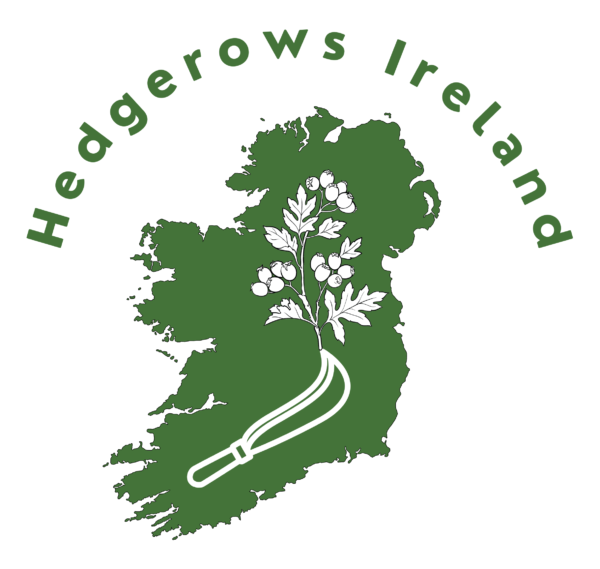Celebrate National Hedgerow Week at our Hedgerow Management Workshop with Clare County Council and Teagasc. Join us in exploring best practices for nature-friendly hedgerow management and learn about the value of hedgerows. The event is targeted towards adults, but if you would like to bring your child, please note this in the comment box and we will organise activities for them.
The event will include talks from Barry O’Loughlin, Biodiversity Officer with Clare County Council; Catherine Keena, Hedgerow Expert with Teagasc; and Katie Smirnova and Eamonn McLoughlin from Hedgerows Ireland.
When? Saturday 7th September from 10-1 pm.
Where? Irish Seed Savers Association, Scariff, Co. Clare. Please register below.
Who? Everyone is welcome! We especially encourage hedgerow contractors and farmers to attend.
Please submit a message in the sign-up form or contact info@hedgerows.ie with any queries regarding access needs.
Agenda:
- Introduction & Value of Hedgerows
- Hedgerow Management & Invasive Species in Clare
- Hedgerows on Farms
- Tea & Coffee Break
- Hedgerow Rejuvenation & Translocation
- Rotational Trimming & Hedge Code
- Concluding Thoughts
Register here:



This event is funded by NPWS and Clare County Council under the Local Biodiversity Action Fund. The Biodiversity Officer Programme is funded by the Heritage Council.
